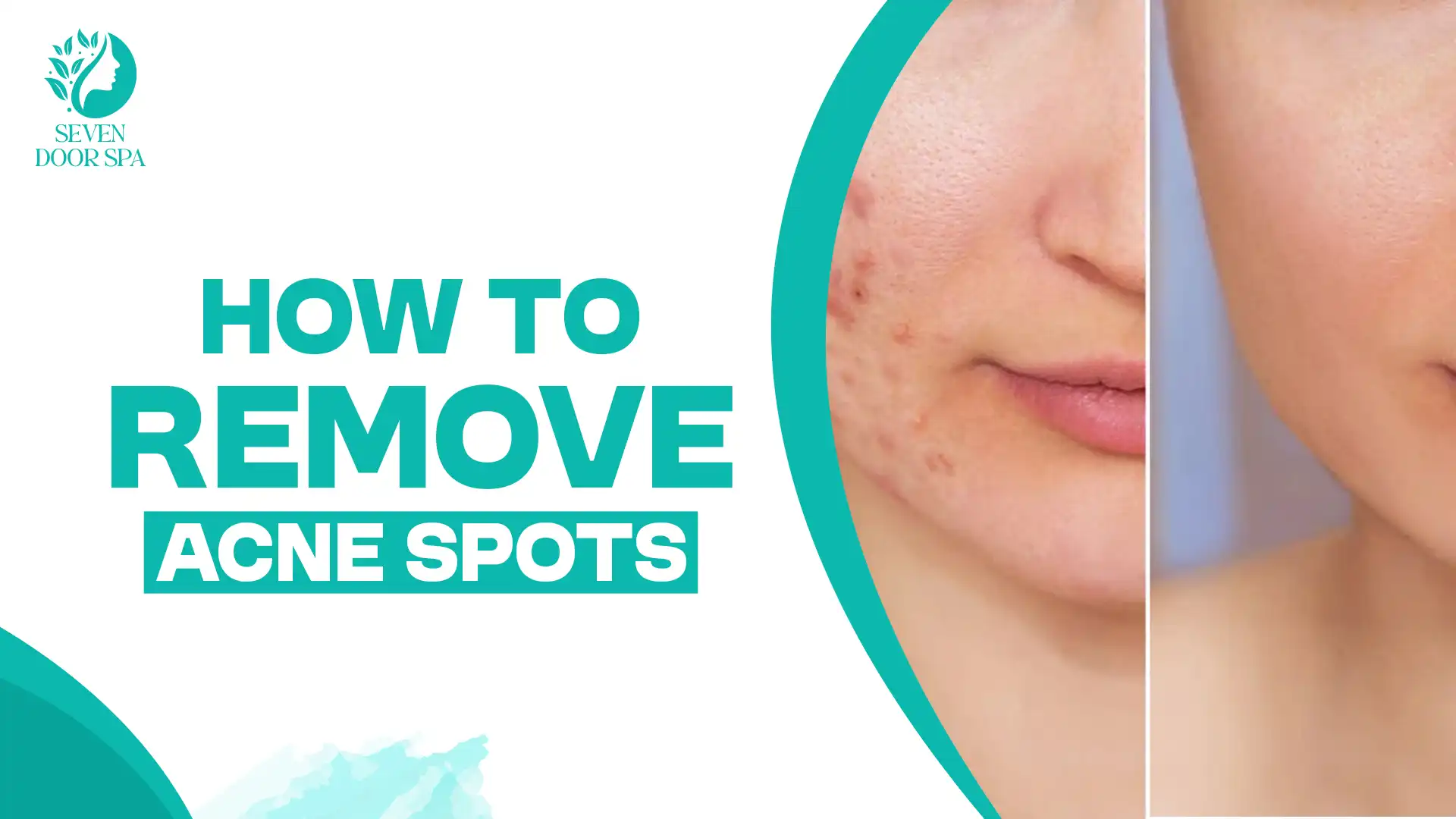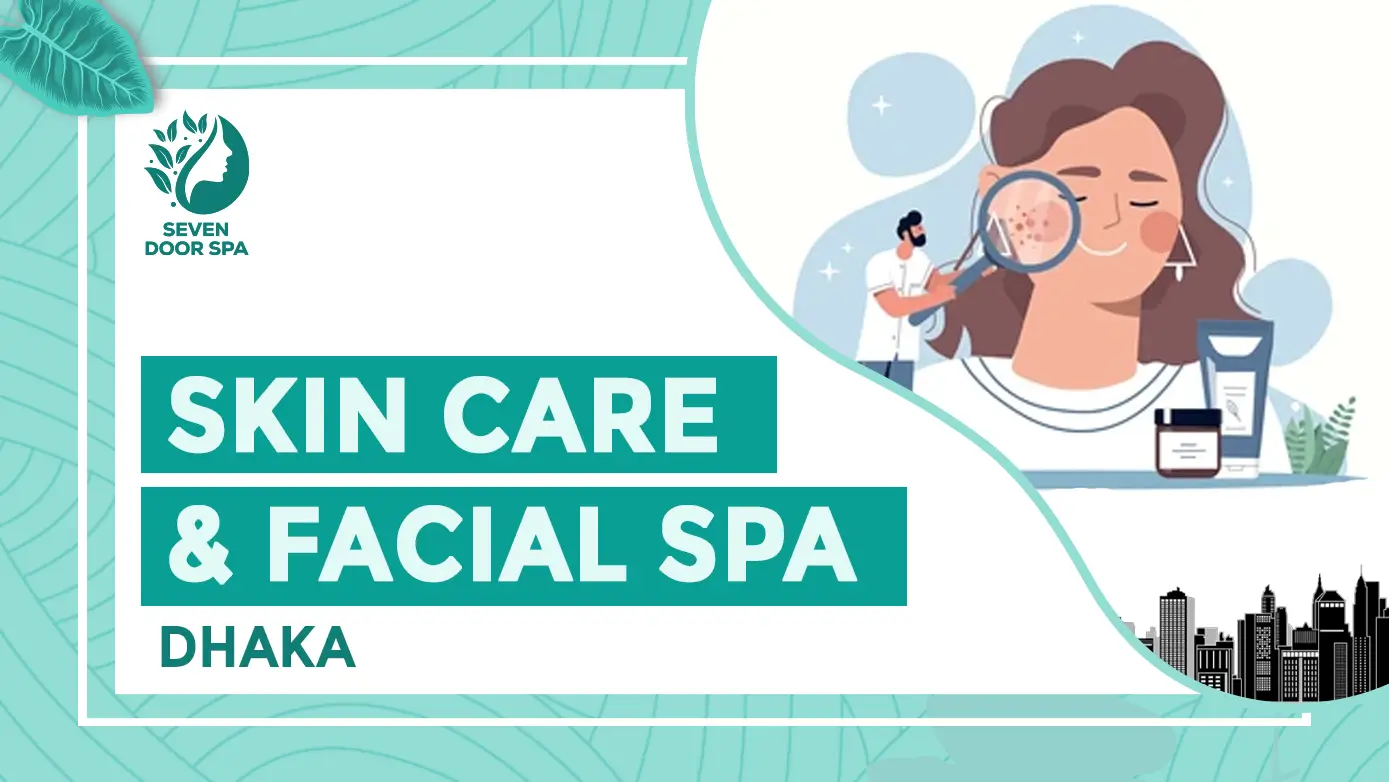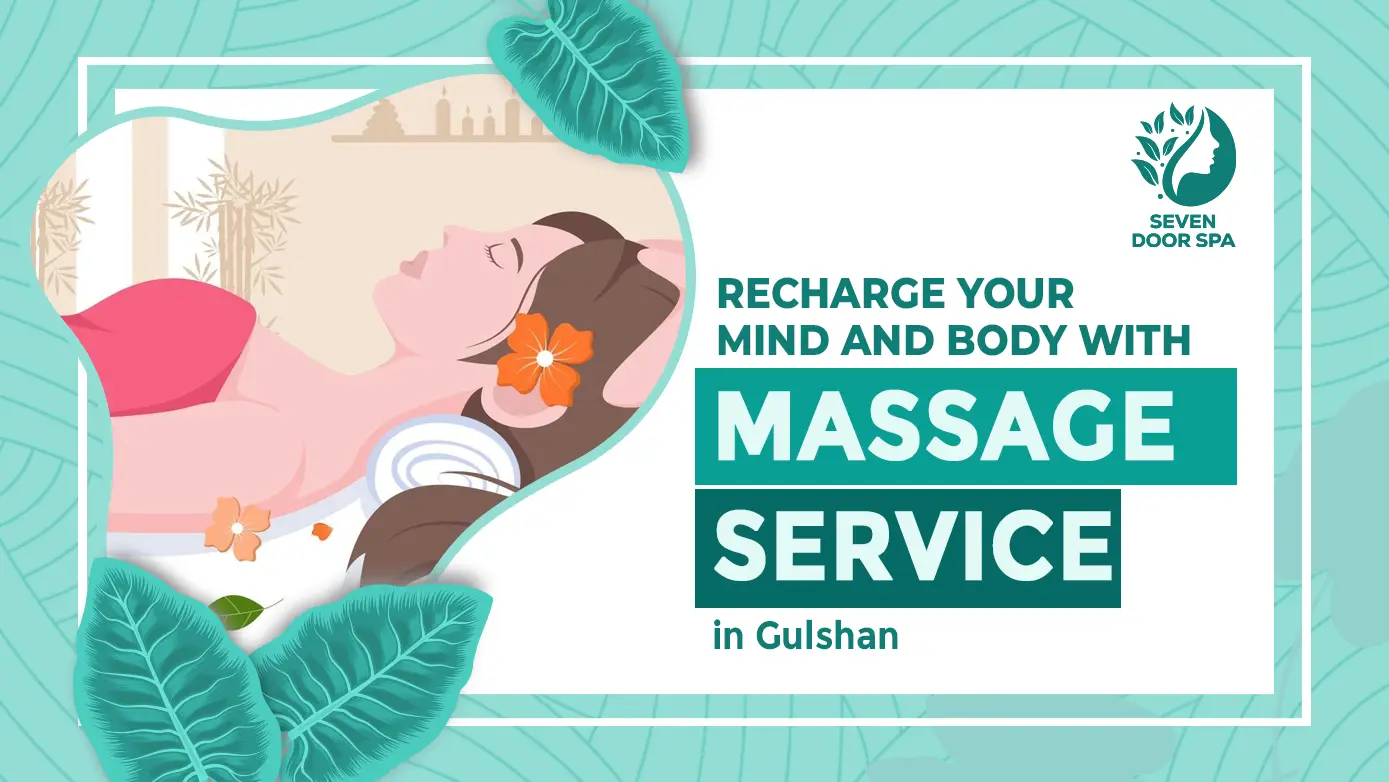If you’re searching for how to remove acne spots and restore a smooth, even complexion, you’re in the right place. Many factors can cause acne spots, including inflammation, clogged pores, and improper skin care. While they don’t fade overnight, consistent care combined with the right natural remedies can significantly reduce their appearance.
In this guide, you’ll explore how to remove acne naturally using a combination of natural or home remedies, effective skincare routines, and expert treatments. With dedication and patience, you can reveal healthier, smoother skin and regain your confidence.
What Are Acne Spots?
Acne spots are flat, discoloured marks left behind after active breakouts heal. Unlike pimples, which are inflamed and filled with pus, acne spots result from post-inflammatory hyperpigmentation (PIH) or erythema (PIE). These occur due to excess melanin or damaged blood vessels. Unlike acne scars, these marks don’t affect skin texture and typically fade over time with proper treatment.
What Causes Acne Spots?
Several factors contribute to the formation of acne spots:
Skin Trauma: Picking, squeezing, or popping pimples exacerbates inflammation, increasing the risk of pigmentation and scarring.
Hormonal Imbalances: Fluctuations in hormones, particularly androgens, can drive excess oil production and inflammatory acne, creating lingering marks.
Sun Exposure Without Protection: UV radiation can darken post-acne marks by stimulating further melanin activity, especially in PIH-prone skin.
Chronic Inflammation & Poor Skin Barrier Health: A compromised skin barrier leads to prolonged healing time and increases vulnerability to both pigmentation and scarring.
Different Types of Acne Spots
The key to treating acne-related blemishes effectively is to distinguish between the different types and understand the root causes. Since each mark reflects a unique biological response, they require specialized treatment approaches.
-
Post-Inflammatory Hyperpigmentation (PIH)
PIH presents as flat, brown or dark spots left behind after inflammation and is most prevalent in individuals with deeper skin tones. This condition arises from an overproduction of melanin as the skin heals, especially following trauma or prolonged inflammation.
-
Post-Inflammatory Erythema (PIE)
PIE appears as pink, red, or purplish marks, commonly seen in fairer skin types. Rather than being melanin-based, PIE results from dilated or damaged capillaries beneath the skin’s surface, often a consequence of persistent inflammation or harsh skin manipulation.
-
Persistent Dark Spots from Cystic Acne
Cystic acne can leave behind stubborn dark spots that combine both pigmentation and vascular damage. These marks take longer to fade and often need advanced treatments like chemical peels, retinoids, or professional dermatological care.
How to Remove Acne Spots Naturally at Home
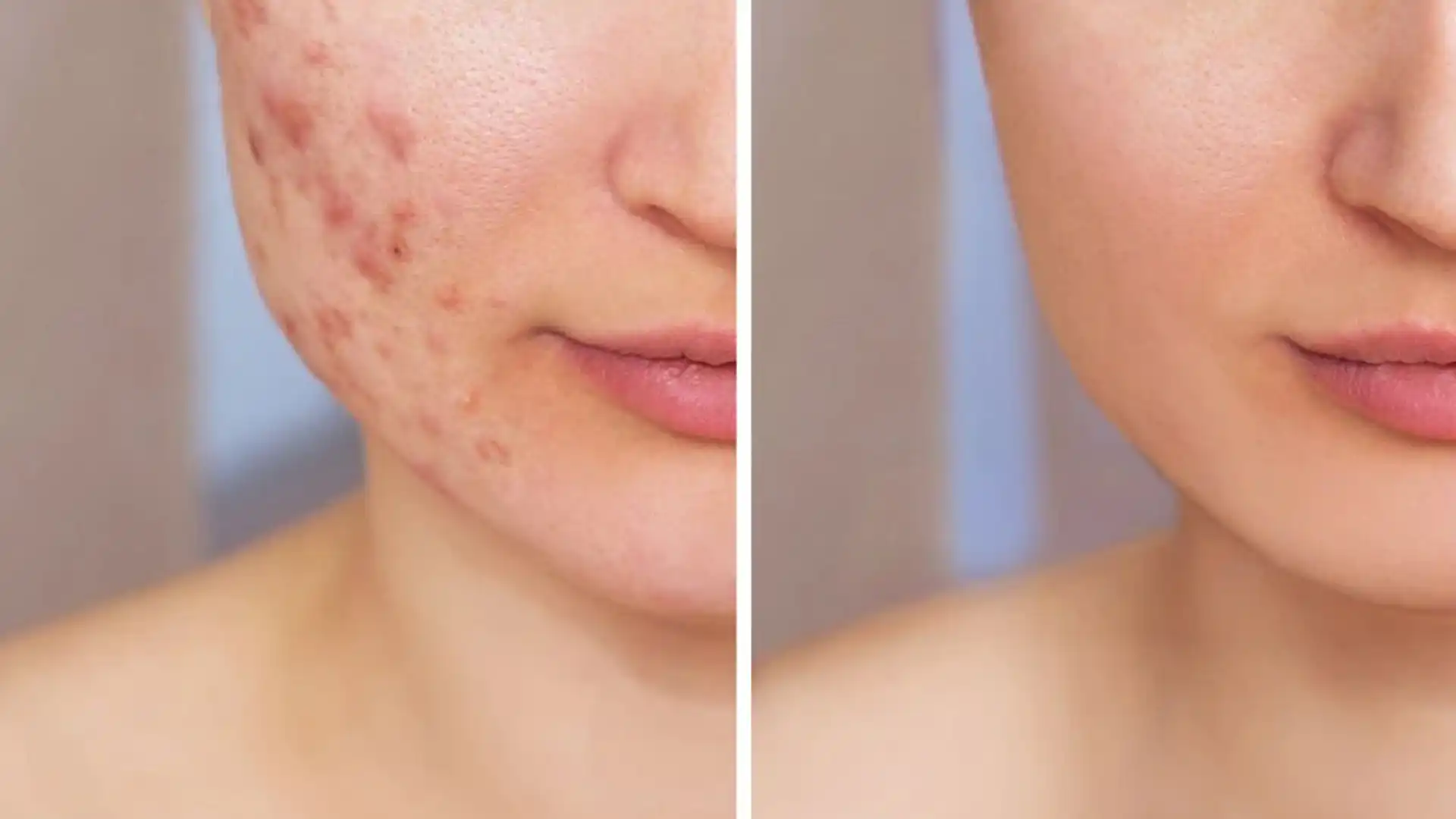
Nature often has the most gentle yet powerful solutions when it comes to removing stubborn acne spots. Here are the top 10 proven ways to remove acne spots naturally at home:
-
Aloe Vera Gel – Nature’s Skin Soother
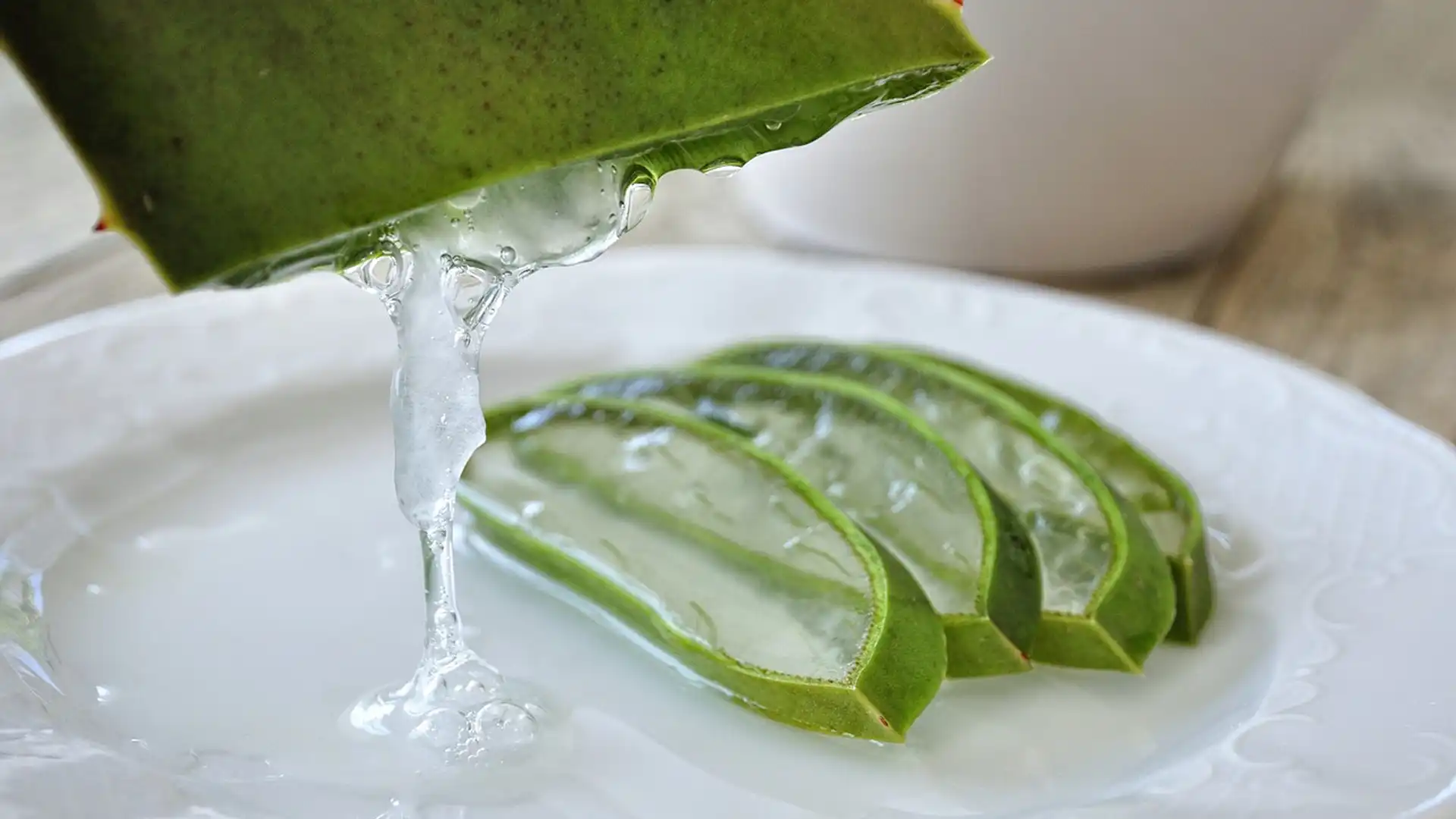
Aloe vera is rich in aloin, a compound that helps lighten pigmentation and accelerate healing. Simply extract fresh aloe gel from a leaf and apply it directly to the spots. Leave it on overnight for maximum benefit.
-
Lemon Juice – Natural Brightening Agent
Thanks to its citric acid content, lemon juice helps exfoliate the skin and reduce hyperpigmentation. However, it’s important to dilute it with water to avoid irritation and use sunscreen afterwards, as lemon makes your skin more sensitive to sunlight.
-
Honey – Natural Antibacterial and Moisturizer
Honey, especially raw or manuka honey, has natural antibacterial and anti-inflammatory properties. Applying it to acne marks helps speed up skin regeneration while keeping it hydrated and calm.
-
Tea Tree Oil – Powerful Anti-inflammatory
Known for its antimicrobial benefits, diluted tea tree oil can reduce redness and inflammation while helping the skin heal. Apply a drop (mixed with a carrier oil like jojoba) to each spot twice daily.
-
Green Tea Extract – Antioxidant-Rich Elixir
Rich in polyphenols, green tea extract decreases inflammation and protects the skin from environmental stress. Dab cooled green tea bags or apply brewed green tea to acne-prone areas regularly.
-
Potato Juice – Gentle Lightening Remedy
Potatoes contain enzymes and vitamin C that can help fade dark spots and PIH marks. Grate a raw potato, squeeze out the juice, and apply it to your skin with a cotton pad.
-
Turmeric Paste – Ancient Anti-Spot Remedy
Turmeric contains curcumin, a compound known for reducing melanin production and calming inflammation. Mix turmeric with yogurt or honey for a spot-reducing face mask.
-
Apple Cider Vinegar – Natural Skin Toner
With its acetic acid and alpha hydroxy acids, diluted apple cider vinegar can gently exfoliate and lighten acne spots. Use it as a toner, but never undiluted. Because it can be too harsh for sensitive skin.
-
Cucumber – Cooling and Brightening Agent
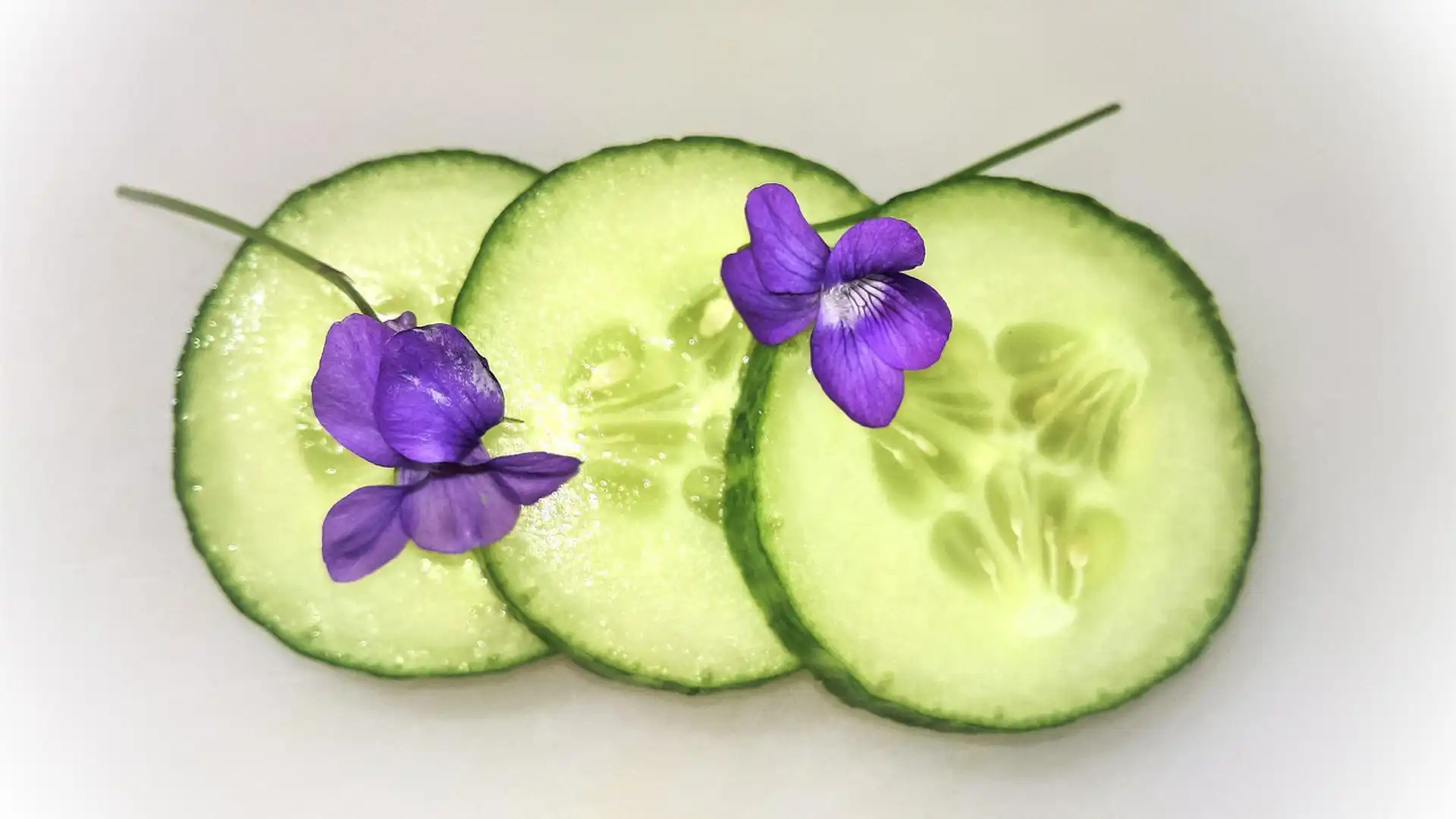
Cucumber is renowned for its relaxing and hydrating abilities. Cucumber silica dissolves dark spots and encourages collagen production. Blend cucumber and apply the pulp on your face as a calming mask.
-
Rosehip Seed Oil – Regenerative Skin Oil
Rosehip oil is rich in vitamins A and C, which help speed up skin cell turnover and fade pigmentation. It’s a favourite among natural skincare lovers for reducing both acne spots and fine lines.
How Long Does It Take for Acne Spots to Remove?
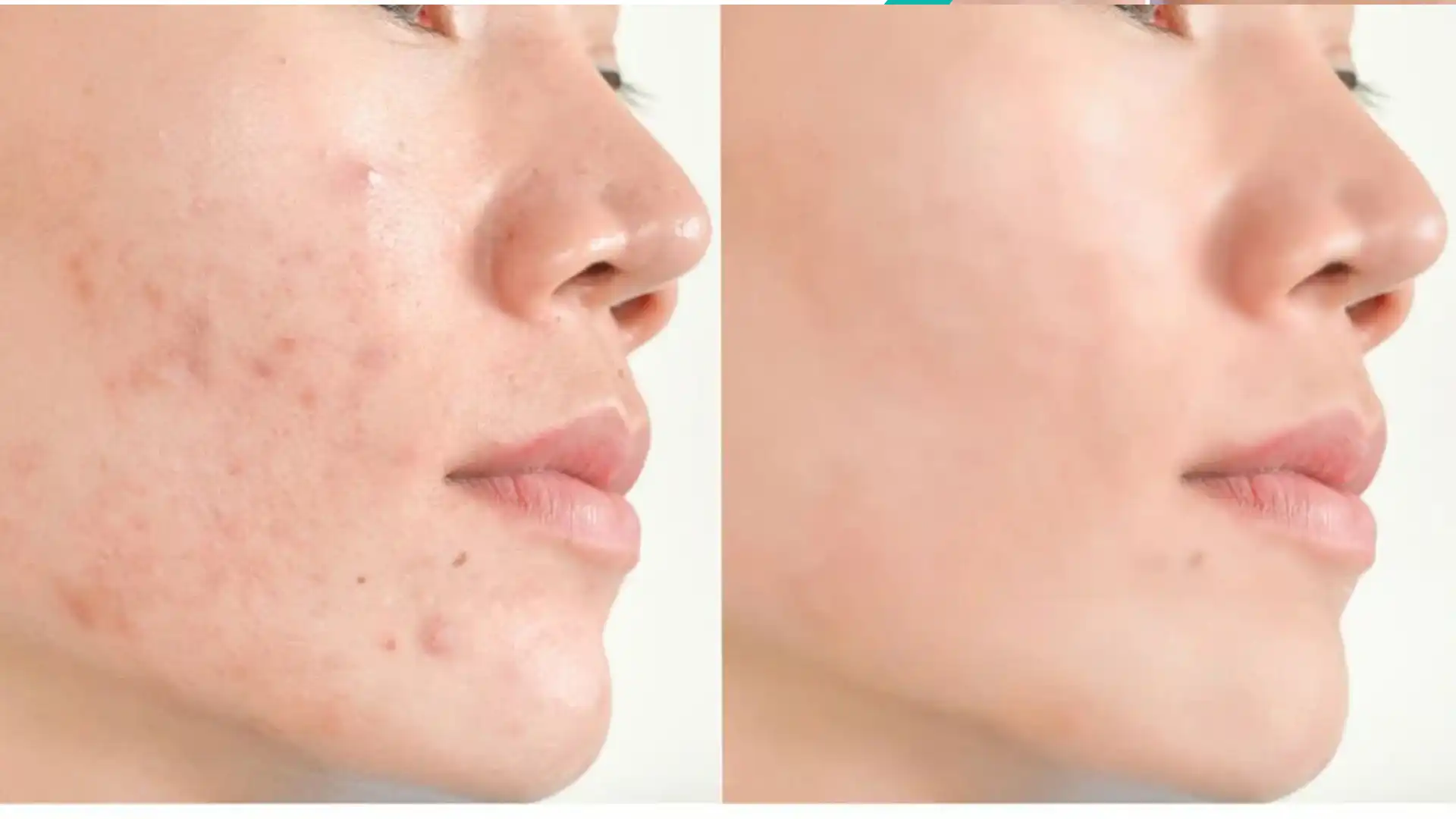
The time it takes to get rid of acne spots depends on several factors, including the type of discolouration, your skin tone, and how well you care for your skin.
Typically, post-inflammatory hyperpigmentation (PIH), which appears as brown or dark spots, can take anywhere from 4 to 12 weeks to fade with proper skincare.
In contrast, post-inflammatory erythema (PIE), the red or purplish marks common in fair skin, may take a few months or longer to fully disappear.
Conclusion
Acne spots can be frustrating, but with the right approach, they don’t have to be permanent. From gentle natural remedies to powerful skincare ingredients and professional treatments, knowing how to remove acne spots is the first step toward restoring your confidence and achieving a clearer complexion. Be consistent with your skincare, protect your skin from the sun, and don’t hesitate to seek expert help when needed. With time and the right care, your skin can look and feel its best again.
Frequently Asked Questions
How to remove acne spots in a week?
Putting on aloe vera, turmeric, and vitamin C on a daily basis, along with sun protection, will help fade mild acne spots within a week.
Which is the best acne spot removal cream in Bangladesh?
In Bangladesh, top-rated acne spot removal creams include products with niacinamide, salicylic acid, or azelaic acid. Brands like The Ordinary, Bioaqua, and Cosrx are popular for treating post-acne marks effectively.
How to remove acne dark spots?
To remove dark acne spots, try ingredients like glycolic acid, vitamin C, or rosehip oil. These boost skin cell turnover, reduce hyperpigmentation, and naturally brighten the skin over time with consistent use.
How to remove pimples naturally and permanently?
To naturally and permanently remove pimples, maintain a gentle skincare routine with tea tree oil, turmeric, and honey. Also, balance your diet, avoid picking blemishes, and protect your skin barrier regularly.
Which Ingredients Work Best to Fade Acne Marks and Scars?
Ingredients like retinoids, niacinamide, licorice extract, and alpha arbutin help fade acne marks and discolouration. For natural options, consider aloe vera, green tea, or lemon, used carefully to support healing skin.

